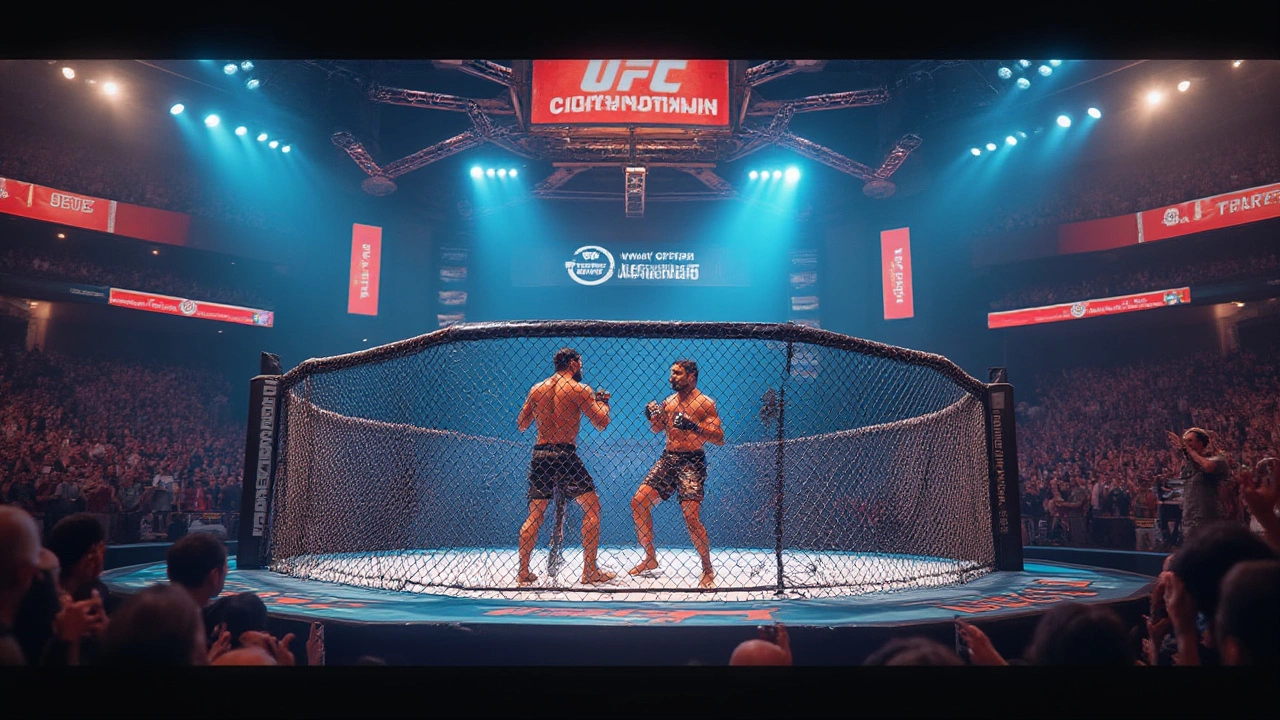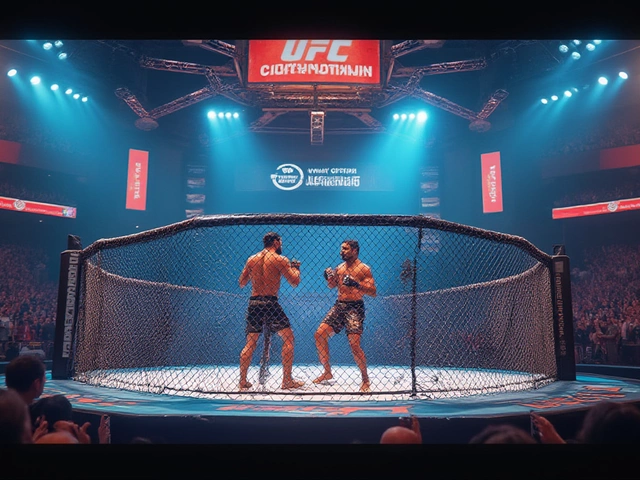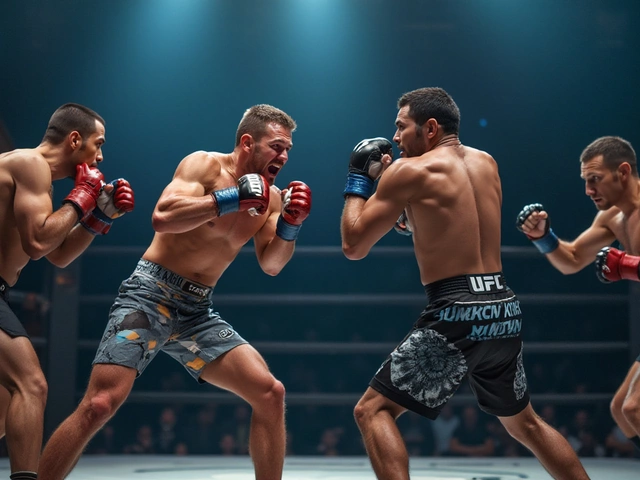It’s hard not to get a little wide-eyed hearing those three letters—UFC. The octagon cage, the buzzing crowds, the walkouts with pounding music—there's nothing quite like a big UFC fight night. But what exactly is UFC? If someone asks, “What is UFC called?”—it’s not some cryptic code or just a fancy abbreviation. Sit tight because there’s way more to this name than meets the eye.
The Name Behind the Letters: What Does UFC Stand For?
UFC actually stands for Ultimate Fighting Championship, and that’s not just a cool-sounding phrase for hype. Back in 1993, the UFC burst onto the combat scene in Denver, Colorado, promising a fighting event unlike anything the world had seen—a tournament to crown the world’s best fighter, no matter what style they preferred. Forget ropes of a boxing ring; UFC fighters stepped into a cage, mixing disciplines like karate, jiu-jitsu, wrestling, and boxing into one wild brawl. At first, it was marketed to answer this question: who would win, a karate master or a sumo wrestler? Bizarre matchups drew attention—especially because the early rules were shockingly loose. You could headbutt, hair-pull, even use groin strikes. It was raw, risky, and honestly, a little wild.
As the UFC evolved, the chaos got dialed down, and athleticism took center stage. The company standardized its rules, added gloves (because bloody bare knuckles were a bad look), banned the nastier moves, and started weighing fighters into divisions. That’s when the sport settled into what you see today—an intense, but highly regulated form of mixed martial arts, or MMA. The Ultimate Fighting Championship wasn’t just a tournament anymore. It became the UFC, a year-round league where the world’s top fighters chase championship gold in front of millions.
Few people realize the “Ultimate” in its name was a direct marketing move. They wanted fans to feel they were watching the toughest, purest form of combat sport. And it worked—the name stuck. Today, if you hear someone ask about UFC, they’re almost always talking about the organization, but sometimes people use “UFC” when they mean the entire sport of MMA, even though that's a bit of a mix-up.
More Than Just the Name: What Makes UFC Unique?
Okay, so UFC is the Ultimate Fighting Championship—easy enough. But why did this particular organization become the face of MMA worldwide, when there have been tons of fighting promotions before? The secret isn’t just in the octagon, those walk-in entrances, or the legendary trash talk from fighters—though that helps, too. The UFC nailed the formula for modern combat sports success.
First, there’s the global scale. The UFC grew from a little-American experiment into, literally, the biggest MMA promotion on the planet. Their roster holds over 600 active fighters from more than 70 countries. And their events aren’t just in Las Vegas or New York—think Moscow, Abu Dhabi, Sydney, and São Paulo. That international reach means when UFC is trending, it’s trending everywhere.
Then you’ve got the presentation. The UFC’s production team treats every pay-per-view or “Fight Night” like the Super Bowl. Lights, smoke, music, wild camera angles—this is combat sports as entertainment, not just a gritty fight in a ring. And let’s not forget Dana White, the head honcho, whose big personality and fighter-first attitude helped push UFC from siding-with-bankruptcy to a multi-billion dollar empire (in 2016, they sold for over $4 BILLION—just let that sink in for a second).
| Year | Major UFC Milestone |
|---|---|
| 1993 | UFC 1 is held in Denver, Colorado |
| 2001 | UFC bought by Zuffa LLC, Dana White becomes president |
| 2016 | UFC sold for $4 billion to Endeavor |
| 2020 | UFC holds first events during the pandemic at “Fight Island,” Abu Dhabi |
Compare those numbers to other promotions, and you’ll see why UFC is in its own league. There are other MMA organizations—Bellator, ONE Championship, PFL—but none touch UFC’s fame, paychecks, or fighter rosters. The UFC even got MMA legalized and regulated in the U.S., breaking through old reputations and making the sport mainstream. That’s why you’ll hear people say, “the UFC is MMA.” Not strictly true, but hey, branding is powerful stuff.
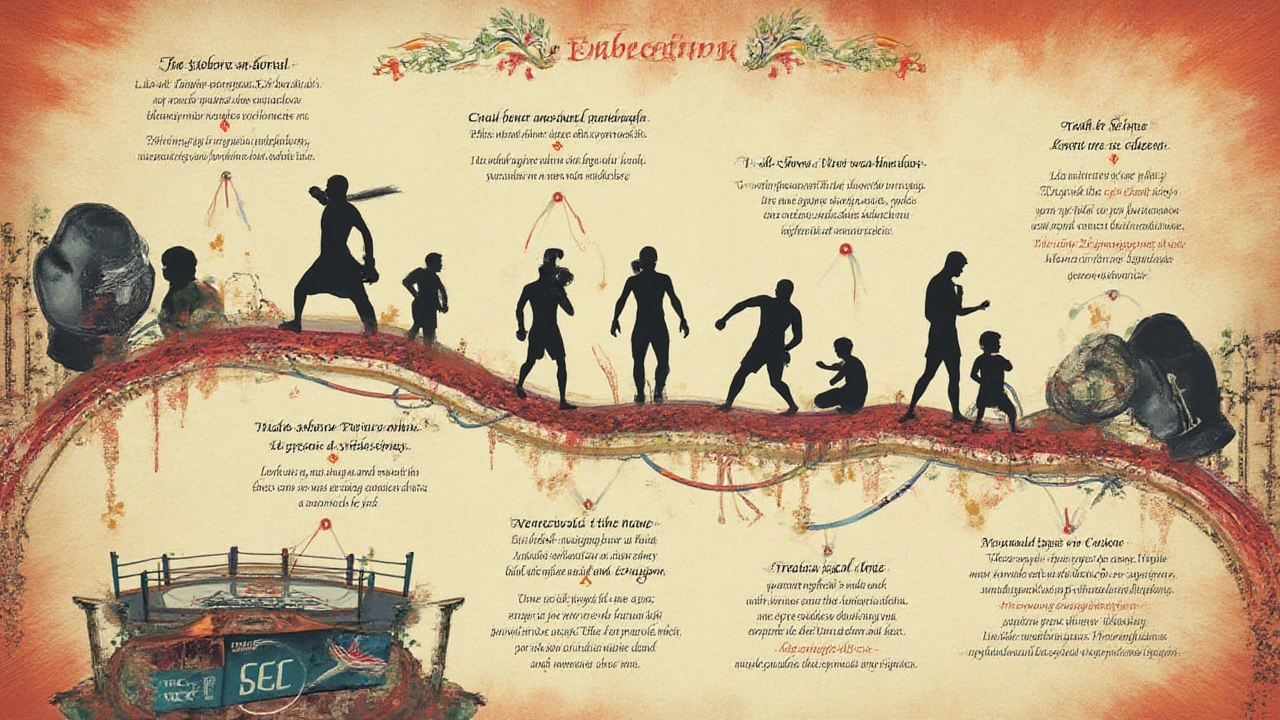
Understanding the Differences: UFC vs. MMA vs. Other Organizations
This is where it gets a bit squishy. Technically, UFC is just one organization under the huge umbrella of MMA—which stands for Mixed Martial Arts. The UFC runs the show, but MMA is the actual sport, a global handshake between different fighting disciplines like wrestling, Brazilian jiu-jitsu, Muay Thai, and boxing.
If you go to a local gym and sign up for MMA classes, you’re not training “UFC”—you’re learning various styles and how to blend them together. The UFC is only one of several big leagues you can compete in, but it's the one everyone’s chasing. Winning a UFC championship belt is like getting the gold medal at the MMA Olympics—it means you’re the best of the best, at least in the UFC's deep roster.
How does UFC stack up against the others? Here’s a quick snapshot in plain language:
- UFC: The biggest, most famous, pays the most, strictest drug testing, heard in every conversation about MMA
- Bellator: Second-biggest in the U.S., focuses on entertainment and “big name” signings
- ONE Championship: Big in Asia, sometimes has different rules (like ONE does knees to the head of grounded opponents)
- PFL: Uses a tournament format, fighters can win million-dollar prizes
A UFC event, though, is so recognizable that even someone who's never seen a fight in their life knows its style—octagon cage, three or five rounds, championship belts, Bruce Buffer shouting “It’s time!”—it’s become the gold standard for what an MMA show looks and feels like worldwide.
The Evolution of the UFC: From Bloodsport to Mainstream Spectacle
If you rewind to UFC’s scrappy beginnings, the fights were way closer to a street brawl than what you see today. Early fighters wore whatever they wanted. Some even wore one boxing glove and fought barefoot. There were almost no rules. It freaked people out so much that Senator John McCain famously called it “human cockfighting” and lobbied to get it banned.
That pressure nearly killed UFC off, but instead, it forced the company to clean up. They introduced weight classes to stop unfair mismatches. Out went brutal moves like fish-hooking and hair-pulling, in came gloves and professional medical checks. Judges started using actual scoring systems—similar to boxing—with points for striking, grappling, and octagon control. By the time the 2000s rolled around, you couldn’t recognize the UFC from what it once was.
It paid off. Suddenly, TV networks and big sponsors got interested. The reality show “The Ultimate Fighter” hit screens in 2005, creating new stars and saving the UFC. Pay-per-view events boomed. Fighters like Georges St-Pierre, Anderson Silva, and Conor McGregor became household names, even for people who never cared about martial arts.
The UFC kept evolving. It added women’s divisions—Ronda Rousey exploded onto the scene, smashing records and opening the door for more female fighters. The Reebok (later, Venum) deals brought in uniformity, whether you liked it or not. The ever-changing landscape means UFC is always innovating, sometimes for better, sometimes not. But it’s never boring.
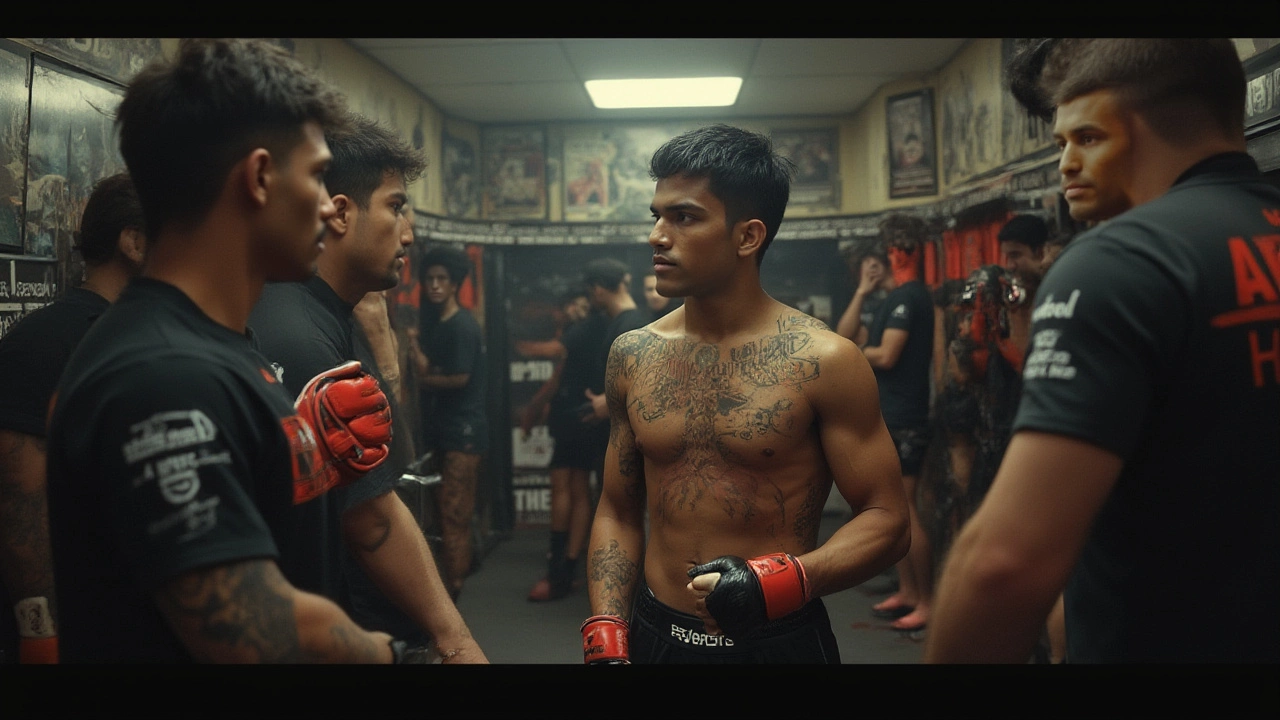
Tidbits and Tips: Fun Facts About the UFC and Its Naming
You can spot a UFC fan pretty fast—just say “octagon” and watch their eyes light up. The eight-sided cage is iconic, so much so that “Octagon” is a trademarked term by the UFC. They guard that brand fiercely. Even their intro music and announcement format are protected trademarks.
Got a trivia night coming up? Here are a few gems you can drop:
- The first UFC champion ever was Royce Gracie, a skinny Brazilian jiu-jitsu wizard who tapped out giant opponents again and again. He weighed just 170 lbs and beat guys over 250 lbs.
- Bruce Buffer, the famous octagon announcer, has been introducing fighters with his “It’s time!” catchphrase since 1996. His half-brother, Michael Buffer, is boxing’s “Let’s get ready to rumble!” guy.
- No, the UFC octagon isn’t a perfect stop sign—it has a diameter of about 30 feet and is 6 feet high, which changes the way fighters move and strategize. That’s a real tactical edge versus normal rings.
- The UFC’s biggest live crowd was UFC 293 in Sydney, Australia, pulling around 60,000 fans. Online, their events regularly smash streaming records on ESPN+. Their YouTube channel has racked up over 15 million subscribers as of 2025.
- And here’s one that always blows people’s minds: Conor McGregor’s 2018 fight with Khabib Nurmagomedov reportedly sold over 2.4 million pay-per-views, the highest in UFC history.
So if you’re tossing “UFC” around in conversation, yes, you’re talking about the Ultimate Fighting Championship. Don’t let anyone fool you—it’s not just three random letters or just a sport, but a brand that changed combat sports forever. Next time you tune in for a Saturday night rumble, remember there’s history, culture, and a lot of brawny business built right into those three pounding initials.
